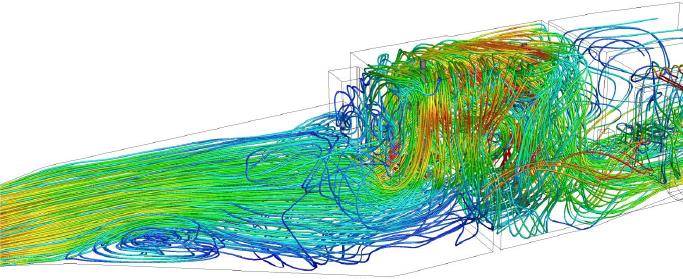CFD is the abbreviation of computational fluid dynamics, which is a new interdisciplinary subject integrating fluid mechanics and computer science. It starts from the calculation method and uses the fast computing ability of computers to obtain the approximate solution of fluid control equations. CFD emerged in the 1960s. With the rapid development of computers after the 1990s, CFD has developed rapidly and gradually become an important means of product development together with experimental fluid dynamics.
CFD software usually refers to commercial CFD program, which has a good human-computer interaction interface and can enable users to solve practical problems without mastering CFD related theories.
Computational fluid dynamics and related computational heat transfer. The principle of computational combustion is to use numerical methods to solve nonlinear simultaneous differential equations of mass, energy, composition, momentum and self-defined scalars. The results can predict the details of flow, heat transfer, mass transfer, combustion and other processes, and become a powerful tool for process device optimization and amplification quantitative design. The basic characteristics of computational fluid dynamics are numerical simulation and computer experiments. Starting from the basic physical theorem, it has largely replaced the costly hydrodynamic experimental equipment and has a great impact on scientific research and engineering technology. It is a powerful research field in the world at present. It is the core and important technology for the research of heat transfer, mass transfer, momentum transfer and combustion, multiphase flow and chemical reaction. It is widely used in many engineering fields such as aerospace design, automobile design, biomedical industry, chemical processing industry, turbine design, semiconductor design, HVAC & R, etc. the design of plate fin heat exchanger is one of the important fields of CFD technology application.

